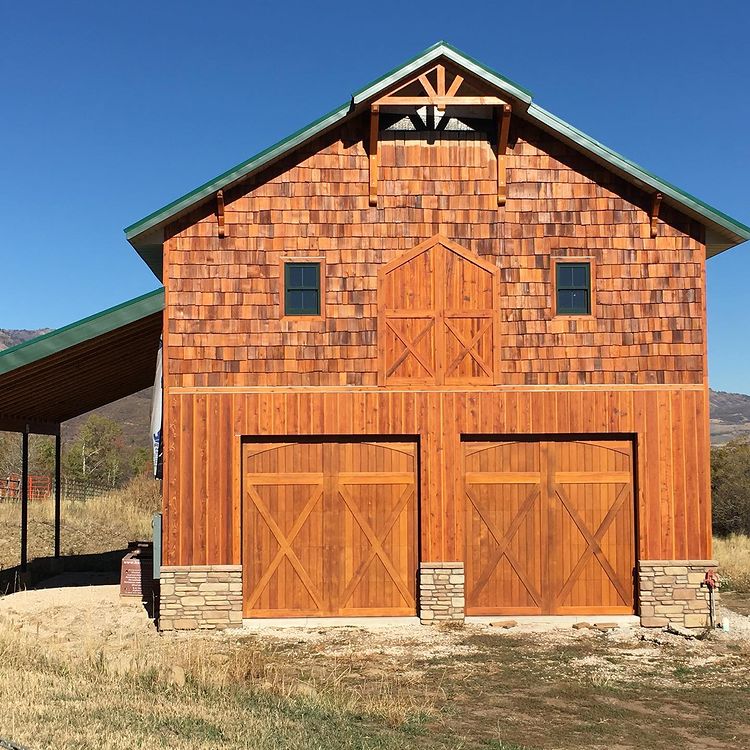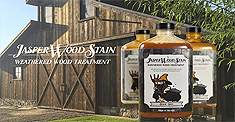Shakes and Shingles: What’s the Difference?
Our cedar shakes are simple yet elegant and combined with other types of lumber like board and batten provide beautiful results. Usually, the terms shakes and shingles are used interchangeably but there is a difference. If you are planning to re-roof an existing structure or build your own home or shed, it pays to know the finer details about shakes and shingles as well as their differences.
Are Shakes and Shingles the Same?

No they aren’t! They aren’t made of the same materials. Shingles can be made out of wood, bitumen, slate, stone, cement, metal or plastic. Shingle is a catch-all term that encompasses roof coverings made of discrete overlapping segments. On the other hand, shakes are always made out of some kind of wood like pine, cedar or redwood.
Plus, not all wooden shingles are shakes. It could be said that a shake is a type of wooden shingle, but then there are specific differences between wooden shingles and wooden shakes. This depends on the way they look, which is in turn due to how they are manufactured.
Shakes are traditionally hand-split from logs using wooden mallets and froes to create their characteristic tapered wedge shape, with the rough and rustic looking side facing the sun. On the other hand, wooden shingles are sawn on both sides and are thinner than shakes so their tapering is less obvious and they appear more even. Nonetheless, shakes can also be sawn on both sides to create a smoother shingle-like look, though it will still be thicker, and this allows them to lay flatter on the roof just like shingles.
The extra thickness of shakes gives them a heavier shadow line than shingles. Plus their varied sizes and rougher faces give them a more rugged and rustic appearance than shingles, that are usually smoother and more uniform in arrangement. Conservation projects, listed buildings and structures designed to have a more rustic appearance will often use shakes rather than shingles.
The uneven charm of shakes also means that when they are installed, they will be less flat than shingles, resulting in gaps between the shakes that will be more susceptible to penetration by water and other elemental factors. So a breathable underlayment has to be laid between the rows of shakes in order to protect it from wind-driven rain. On the other hand, shingles are installed in overlapping layers without the underlayment.
Shakes and Shingles Cost Comparison
While shakes tend to be a bit more expensive due to their thickness and more complicated installation process, the results are worth it due to the unique look they provide as well as the improved heat-retention they offer due to their thickness. They can make homes more energy efficient and cost-efficient in terms of heating.
Additionally, shakes and shingles using Western Red Cedar have thermal insulation properties that keep the heat out in summer, reducing the cost of air-conditioning or using fans. The characteristic gaps of shakes also make them breathable, so air can circulate, allowing water vapor and hot air to escape.
Takeaway
Looking for cedar shakes for your next roofing project? Fixing up your home for the autumn? Need to patch up your roof before winter arrives? Reach out to Rustic Lumber. As your lumber supplier in the Utah, Idaho and Colorado area, Rustic Lumber has definitely got the wood you are looking for.
Got finished projects using Rustic Lumber products? Show off on Instagram and be sure to tag us! We love seeing finished results and appreciate the creativity woodworkers put into their projects. We also have weekly contests where the winners will be awarded with great giveaways that they can use for their next projects.






